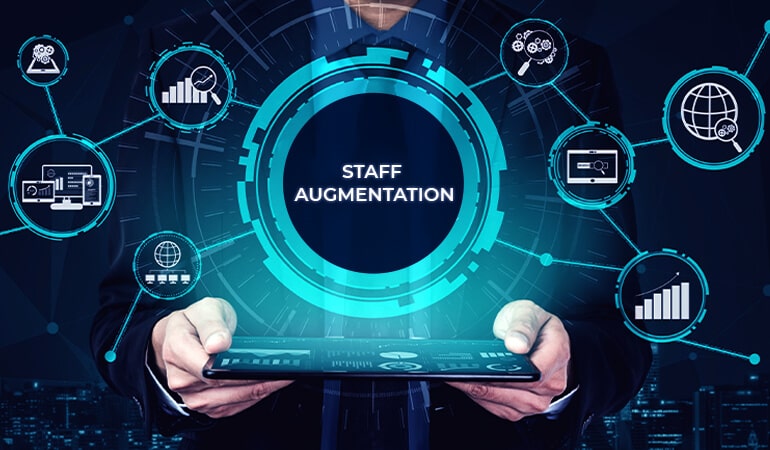Every IT Project Management initiative walks a tightrope between innovation and uncertainty. Risks, much like unsolicited software updates, have a way of appearing at the worst possible moment. Mastering risk management isn’t just a nice-to-have—it’s a mission-critical competency for delivering successful IT outcomes. Whether you’re steering a complex cloud migration or building a bespoke enterprise system, integrating structured risk management is what separates disaster from delivery.
Introduction to Risk Management in IT Projects
Risk management in IT Project Management refers to the structured process of identifying, assessing, and controlling potential threats that could derail project objectives. Unlike a toddler with a tablet, IT projects can’t afford chaos. Risks in these projects stem from a wide array of sources: rapidly evolving technologies, integration failures, shifting stakeholder expectations, cybersecurity threats, and the always-feared scope creep.
While all projects carry some level of risk, IT Project Management often operates in volatile and high-stakes environments where even minor oversights can balloon into budget-blowing crises. That’s why engaging a trusted partner like Innerworks International, with its proven approach to full-scale, risk-informed delivery, is an investment, not an expense.
The Importance of Proactive Risk Management in IT
IT Project Management without proactive risk oversight is like driving blindfolded on a freeway. Sure, there’s momentum, but the crash is inevitable. Proactive risk management enables teams to detect threats early, formulate responses, and maintain control over project timelines, budgets, and quality.
History is littered with cautionary tales of IT projects gone awry: billion-dollar ERP systems scrapped midstream, healthcare rollouts riddled with bugs, and data migrations that lost more than just files. The moral? Don’t wing it. Equip yourself with a robust risk playbook. Innerworks International specializes in precisely this level of foresight, enabling smooth End-to-End IT Project Management even in turbulent waters.
Key Steps to Mastering Risk Management
Risk Identification
First, uncover every lurking gremlin in your IT plan. Use techniques like stakeholder interviews, historical data, and brainstorming sessions. Look under every metaphorical rug—risks hide in legacy code, vendor delays, vague requirements, and even overconfident developers.
Risk Analysis
Not all risks deserve red alerts. Some are just grumpy inconveniences, while others are category-five hurricanes. Use qualitative assessments for quick triage, and bring in quantitative analysis (like Monte Carlo simulations) when you’re playing with high stakes.
Risk Prioritization
Focus efforts where they matter most. Rank risks based on likelihood and impact using tools like the probability-impact matrix. A misconfigured firewall might be more urgent than a delayed stakeholder meeting (unless that stakeholder is also your funding source).
Risk Response Planning
Design actionable strategies—avoid, mitigate, transfer (hello, cyber insurance!), or accept the risk with a robust contingency plan. Innerworks International excels at helping clients craft custom responses that aren’t just reactive but intelligently preemptive.
Risk Monitoring and Control
Once your risk management plan is in motion, don’t ghost it. Conduct regular check-ins, update your risk register, and ensure your team treats it like the living document it is. Remember, risk never sleeps—but neither does Innerworks International’s project oversight.
Tools and Frameworks for IT Risk Management
Effective IT Project Management leverages the right tools. Platforms like JIRA, Microsoft Project, and dedicated risk registers streamline tracking and collaboration. Meanwhile, frameworks such as PMBOK, ISO 31000, and NIST provide the intellectual muscle needed to manage risk methodically.
Innerworks International integrates these tools seamlessly into client workflows, offering the perfect balance between industry best practices and tailored project governance.
Common Risk Management Challenges in IT Projects
Risks don’t always come labeled. Some common obstacles include:
- Underestimating how long “just one more feature” will take
- Vague requirements that evolve faster than your developers can type
- Resistance to change from internal stakeholders (and we mean the human kind, not the static files)
- Third-party dependencies that become fourth-party nightmares
IT Project Management demands not just technical acumen but diplomatic finesse and strategic foresight. This is where Innerworks International shines—by making risk management a team sport instead of a solo panic.
Best Practices for Effective Risk Management
- Instill a risk-aware culture: Make it part of daily standups, not just annual audits
- Involve everyone: Risks are democratic—they can be spotted by the intern or the CTO
- Keep a dynamic risk register: Nothing should gather dust, especially not risks
- Use historical data: Past projects are a goldmine of risk insight
- Continuously improve: Post-mortems aren’t just for the dead. Analyze, learn, adapt
Innerworks International helps clients instill these practices into the DNA of every IT Project Management engagement, ensuring resilience and reliability from day one.
Real-World Case Studies and Lessons Learned
One multinational client of Innerworks International nearly faced catastrophe during a global CRM rollout. Thanks to a rigorous risk assessment and contingency planning phase, the project team quickly circumvented a supplier API change that could have caused massive delays. Instead of a panic room, they had a plan.
Conversely, a poorly managed government portal (from a non-client, we promise) skipped the risk process altogether. The result? Missed deadlines, ballooned budgets, and front-page embarrassment.
Lesson: You can either plan for risk—or pay for it.
How Innerworks International Helps Manage IT Project Risk
Innerworks International brings unmatched expertise to risk-laden environments. Their approach to End-to-End IT Project Management integrates early risk discovery, stakeholder alignment, and ongoing risk governance. From digital transformation to legacy modernization, they ensure your project doesn’t just launch—it lands.
With access to cross-functional teams, certified project managers, and tailored delivery frameworks, Innerworks International is the gold standard for managing complexity with confidence.
Takeaway
Mastering risk management in IT Project Management is no longer optional—it’s fundamental. Every delay, security flaw, or budget overrun can be traced to unmanaged risk. But with structure, tools, and the right partner, risk becomes a navigable reality rather than a looming threat.
Trust Innerworks International to guide your IT project safely through every storm, with wisdom, precision, and a healthy dose of pragmatism.
FAQ
Q1: What are the most common risks in IT project management?
Technical failures, scope creep, resource constraints, third-party dependencies, and data security vulnerabilities are among the most frequent.
Q2: How do you prioritize risks in an IT project?
Risks are ranked based on their probability and impact using tools like the risk matrix. Higher risk equals higher priority.
Q3: What tools help manage IT project risk?
JIRA, Microsoft Project, and risk management frameworks like PMBOK and ISO 31000 are widely used.
Q4: Can risk management improve project ROI?
Absolutely. Mitigating delays, avoiding rework, and maintaining quality all contribute to better return on investment.
Q5: How often should risks be reviewed?
Frequently. Risk reviews should be part of every sprint, milestone, and major project checkpoint. Better safe than suddenly sorry.











